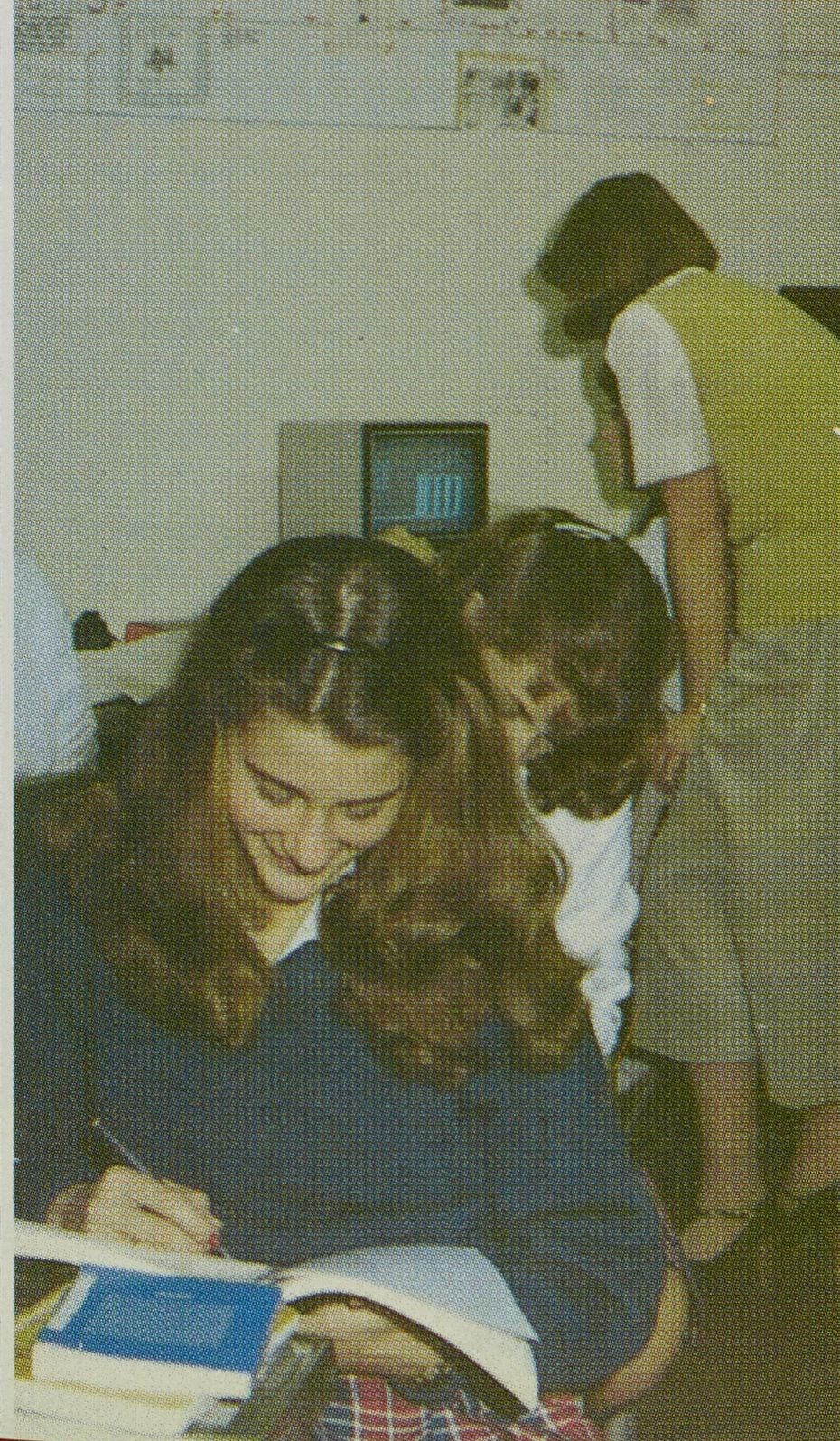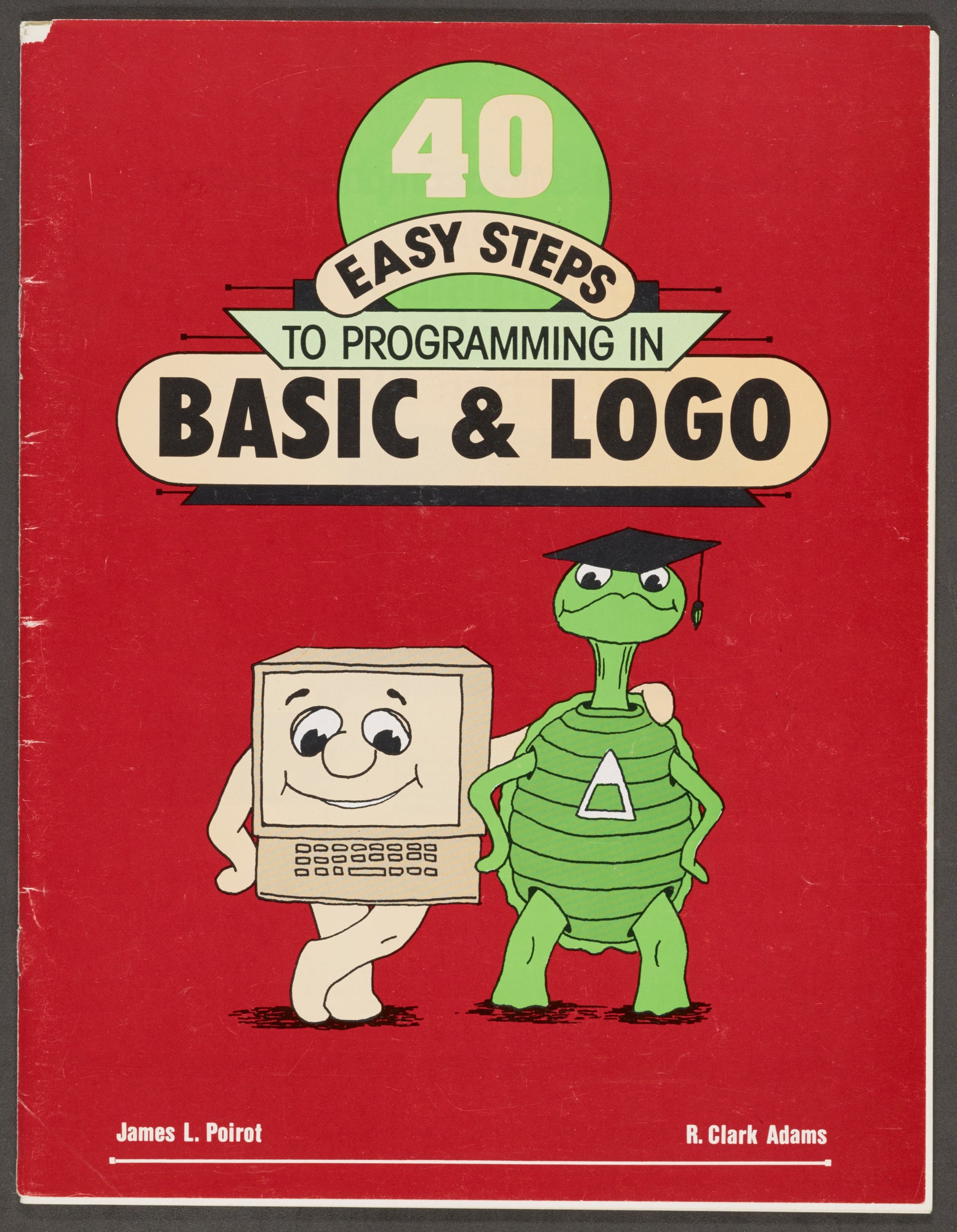Melinda Gates: The next Bill Gates won’t look like the last one
When I think about the people who have made the biggest difference in my life, Susan Bauer tops the list. Mrs. Bauer taught math at the girls’ school I attended in Dallas in the late 1970s and early 1980s, and she forged the path that led me to my career in technology—and my life as I know it.


When I think about the people who have made the biggest difference in my life, Susan Bauer tops the list. Mrs. Bauer taught math at the girls’ school I attended in Dallas in the late 1970s and early 1980s, and she forged the path that led me to my career in technology—and my life as I know it.
Back in 1980, Mrs. Bauer saw a demo of the Apple II, one of the first personal computers, at a conference. She was captivated by what they could do (even though back then they were thousands of times less powerful than your cell phone).
She decided that her students needed to have them and talked the nuns who ran the school into making an investment. Then, because nobody knew how to use these new computers, Mrs. Bauer got a master’s degree in computer science and created a one-woman computer science department. I didn’t grow up knowing a lot of women who worked outside the home, so Mrs. Bauer is a big part of the reason I was able to imagine a career in tech for myself and pursue it with all I had.

I didn’t appreciate how special this was until I went to college. In my introductory computer science classes, women were obviously in the minority. And as the classes got more advanced, I noticed that some of the women who’d started out with me had left computer science for other majors.
I could understand why. It wasn’t just that most of the students and almost all of the professors were men. There was also a slightly aggressive, competitive culture around the department that turned some of us off. The subtle message was that computer science was only for a certain type of person—the type of person who didn’t collaborate and didn’t have a second X chromosome.
When I got to Microsoft in 1987, it was more of the same. I was the only woman hired in my incoming class of MBAs, and it wasn’t always easy for me to feel at home in an environment where people seemed to get rewarded for being combative. I know I’m far from the only woman in tech who has considered quitting her job. I thought about it a lot.
Like a lot of people, I assumed things would get better for women in computer science. But in many ways, they didn’t. In fact, in the past two decades, the gender gap has gotten worse.
Pushing women out
Computer science is one of very few professional fields where the proportion of women has actually been going down. In 1985, women made up 37% of computer science graduates, a high-water mark that still fell well short of gender parity. Today that number has been cut almost in half: It’s now just 19%.
Women have made such stunning advances in so many fields in the last three decades. Why is computer science different, and how can we fix it?
The answer to the first question is complicated. A lot of factors interacted to start a snowball effect that pushed women away from technology careers. Aptitude tests used by companies to make hiring decisions in the 1960s selected for what one author called “antisocial, mathematically inclined males.” Marketing campaigns to sell computers borrowed from tactics used to appeal to electronic hobbyists, who were overwhelmingly men and boys. And, of course, the video-game design industry primarily catered to boys, too.
Media didn’t help either, with movies like Weird Science and Revenge of the Nerds portraying the ideal programmer as a white male geek (and the ideal woman as anything but a programmer).
Somewhere along the way, a lot of us got it in our heads that the next Bill Gates was going to look a lot like the last one. And when society expects tech talent to look a certain way, these stereotypes can discourage young women and people of color from pursuing tech in the first place.

In 2013, there were three states in the US in which not a single girl took the AP computer science exam. Even worse, there were eight states in which not a single Hispanic student took the exam, and 11 in which no African-American students took it.
With such a lack of diversity in the field, we might start to assume there’s something natural about white guys dominating tech. But the tech field looks the way it does because we made it that way.
Signs of change
Fortunately, I see signs all around me that leaders in computer science are taking the challenge more seriously and coming up with innovative ways to address it. At the University of Washington, in my hometown of Seattle, the computer science department has awarded almost double the national average of degrees to women in recent years. This isn’t because of chance—it’s because they worked at it. To take just one powerful example, the department holds a Women’s Research Day, during which women PhD students in CS present their research to undergraduate women, helping the undergrads see that there’s a future for them in the field.
Organizations like Girls Who Code and Black Girls Code are reaching girls even earlier, giving high-school students a place to find support from both peers and mentors. Code.org, which organized this week’s Computer Science Education Week, extends that support into K-12 classrooms. (Today I’m even participating in a conversation with a sophomore learning about computer science for the first time.) The highlight of CSEdWeek is the Hour of Code, which over the last 10 years has helped half a billion kids in more than 180 countries spend an hour learning code by doing fun things like “Code Your Own Dance Party.”
Getting girls interested in technology is only one part of the solution to one part of the problem. We also need to help women stay in the field and make meaningful, successful careers. But addressing the so-called pipeline problem is a critical step forward.
. . .
Sometimes I wonder, if I were a teenage girl today, would I even consider a career in computer science? I got lucky 35 years ago when I had a heroic teacher who went to extraordinary lengths to open this door for me.
Today, the data tells me I would have to be even luckier. It tells me there’s a big chance my career in tech—and everything that experience gave me—wouldn’t have happened at all. I wonder where I’d be without it. I wonder who I’d be.
I don’t think that girls who dream of careers in tech should have to rely on luck. That’s why I get so excited about computer science mentorship programs, peer networks, and other ideas that help girls and women see themselves in technology.
Not every girl is going to have a Mrs. Bauer to introduce her to computing. But if we build the right support system, she won’t need one.